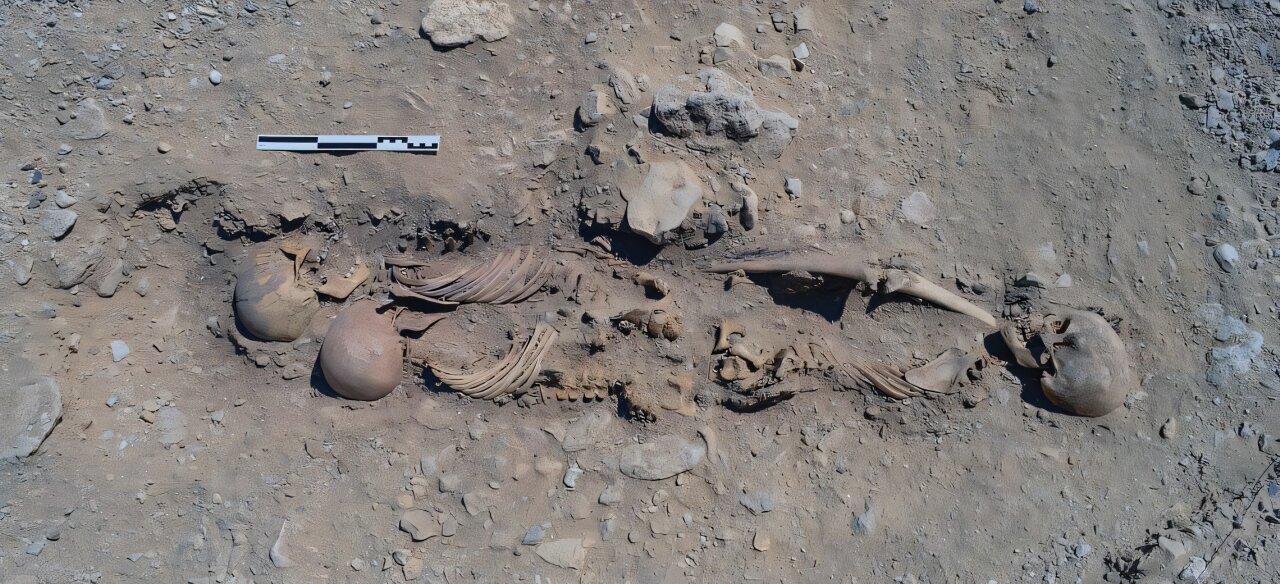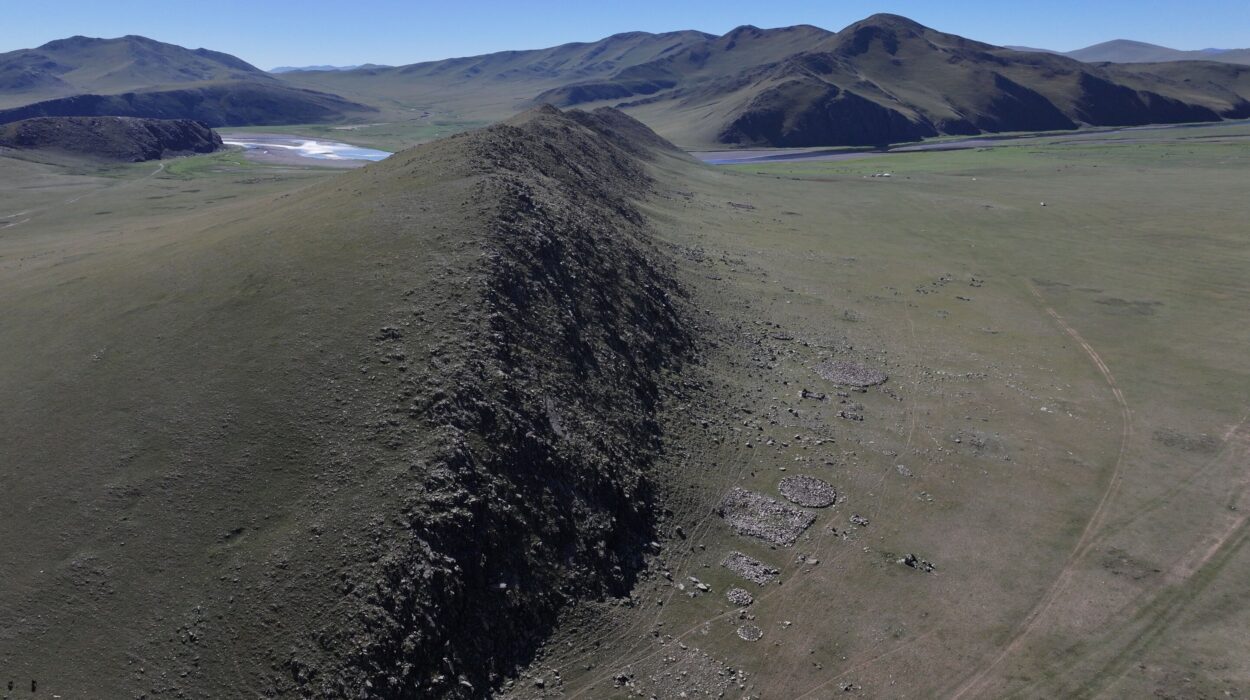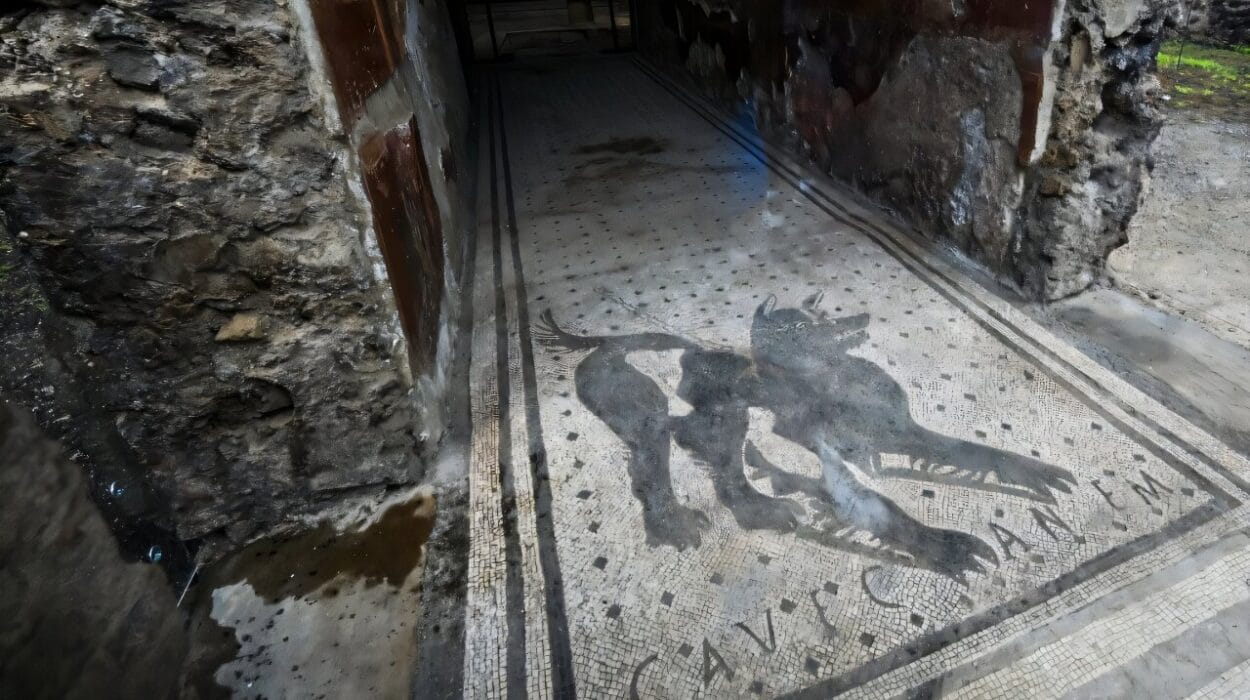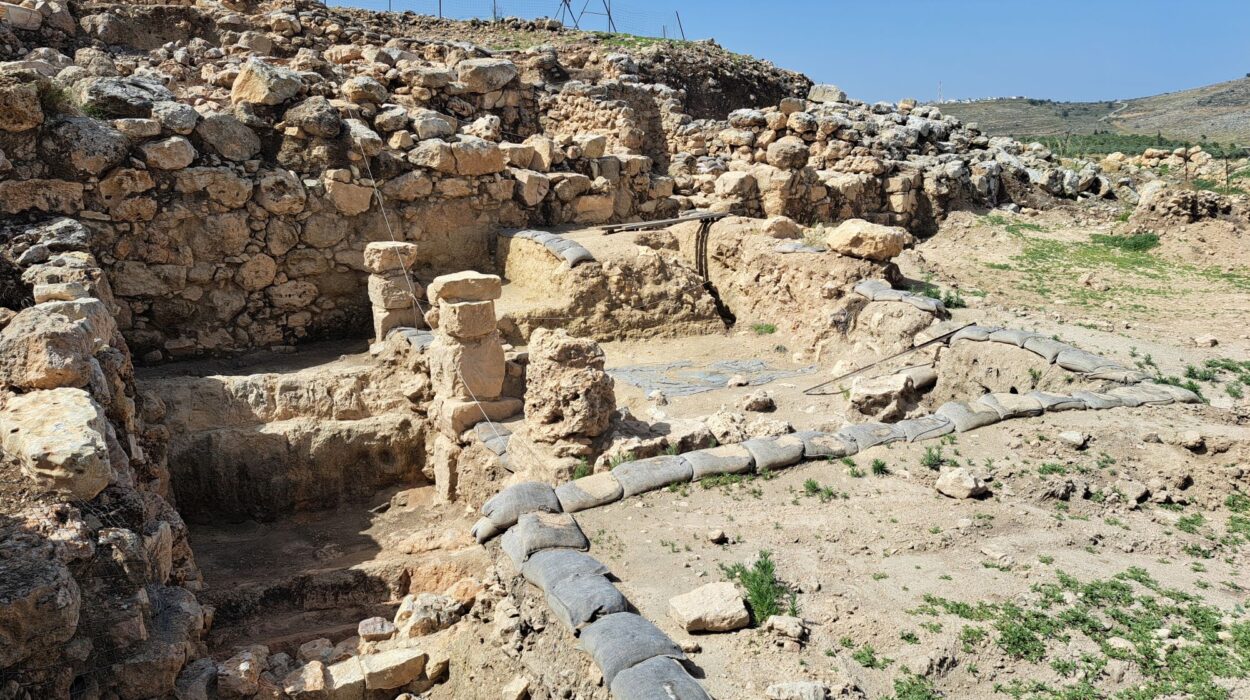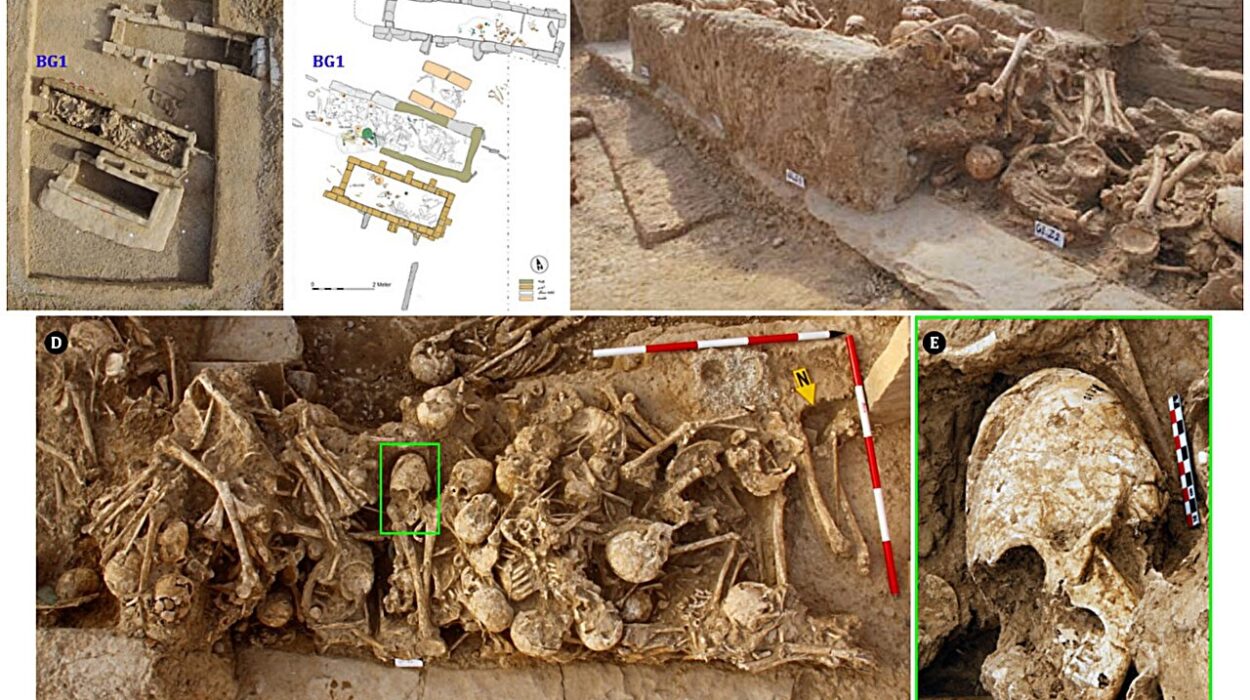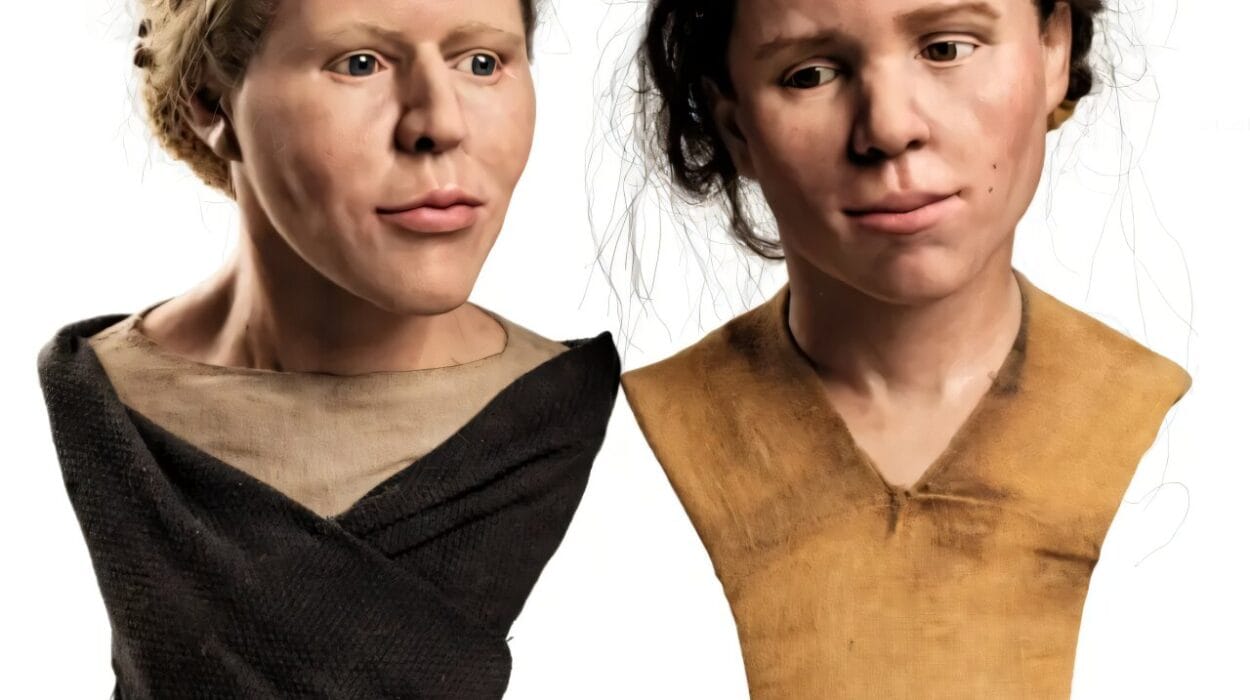More than 3,300 years ago, Pharaoh Akhenaten—once known as Amenhotep IV—did something extraordinary. He turned his back on Egypt’s centuries-old religious traditions and declared his devotion to a single god: Aten, the sun disk. In a bold move that shook the foundations of Egyptian society, Akhenaten built an entirely new capital city dedicated to his chosen deity.
He called it Akhetaten, meaning “Horizon of the Aten.” Today, it is known as Amarna, a haunting landscape of ruins and sand along the Nile. For a brief moment in history, it pulsed with life, art, and devotion under the desert sun. But just two decades later, it was suddenly—and mysteriously—abandoned.
What caused this sudden collapse? For generations, one explanation has cast a long shadow over the story of Akhetaten: the idea that a deadly plague swept through the city, bringing Akhenaten’s utopia to its knees. But new research suggests this tale may be more myth than history.
The Plague That Never Was
A comprehensive new study by Dr. Gretchen Dabbs and Dr. Anna Stevens, published in the American Journal of Archaeology, reexamines the long-standing belief that Akhetaten fell victim to an epidemic. Drawing on nearly two decades of archaeological and bioarchaeological data, their findings paint a very different picture—one where the city’s end was not marked by chaos and contagion, but by order and intention.
For decades, the idea of a plague at Amarna seemed plausible. After all, the ancient world was often at the mercy of disease, and textual sources from the wider region appeared to hint at outbreaks. The Hittite Plague Prayers, for example, spoke of a devastating epidemic in the Hittite Empire, allegedly brought by Egyptian war captives. The famous Amarna Letters—a cache of clay tablets discovered at the site—also mentioned outbreaks of disease in cities like Megiddo, Byblos, and Sumur.
Yet, as Dr. Dabbs and Dr. Stevens point out, there’s one crucial detail missing: none of these texts actually describe a plague in Akhetaten itself.
Searching for the Signs of Death
To test the long-held assumption of a plague, Dabbs and Stevens turned to the ground—literally. They conducted an exhaustive analysis of cemeteries surrounding Akhetaten, including the South Tombs, North Cliffs, North Desert, and North Tombs cemeteries. Together, these burial grounds once held between 11,000 and 13,000 individuals. Excavations conducted between 2005 and 2022 uncovered 889 skeletons—each one a silent witness to the city’s short-lived existence.
If a plague had swept through the city, the researchers expected to find clear signs: mass graves, hasty burials, abrupt population decline, and biological markers of infectious disease. Epidemics leave traces not only in bones but also in the rhythms of life and death—a collapse in construction, disruptions in burial traditions, demographic imbalances, and evidence of rapid mortality.
But what they found told a quieter, more human story.
The skeletons bore signs of hard labor and malnutrition, not pestilence. Low adult stature, spinal injuries, and dental enamel defects reflected economic and social hardships, not sudden mass death. Only seven individuals showed signs of tuberculosis, and even these were isolated cases.
Moreover, the burial practices were calm and deliberate. The dead were laid to rest with care—wrapped in textiles, placed in mat coffins, and often accompanied by grave goods. There was no evidence of rushed or chaotic interment, the kind of hurried burials expected during a deadly outbreak.
The Puzzle of the Multiple Burials
One feature did stand out: an unusually high number of multiple burials, where two or more individuals were interred together. At first glance, this could hint at an epidemic, when high death rates force communities to bury the dead in groups.
Yet closer examination told another story. Many of these burials paired adult women with children, suggesting not random victims of disease but familial or symbolic connections. Instead of desperation, these graves may reflect cultural choices—perhaps expressions of love, protection, or shared identity in death.
Demographic models supported this interpretation. The total number of burials fell within expected population mortality rates, and life expectancy estimates matched what would be normal for the era. In other words, Akhetaten was not a city ravaged by sudden catastrophe—it was one that lived and died by the rhythms of ordinary human struggle.
A City That Faded, Not Fell
If not plague, then what caused Akhetaten’s decline? The evidence points to a more gradual, organized process. Archaeologists found that when the city was abandoned, it was done with order, not panic. Possessions were collected. Structures were not destroyed in haste. And life did not vanish entirely—some level of occupation continued even after Akhenaten’s death.
This suggests that the city’s fall was political and ideological, not biological. Akhenaten’s radical experiment in monotheism had alienated the powerful priesthood of Amun and disrupted the social order that held Egypt together. After his death, his successors—including Tutankhamun—restored the old gods and the traditional capital at Thebes. Akhetaten, symbol of a failed revolution, was left to the desert.
How a Myth Became “Fact”
So why has the plague theory persisted for so long? Dr. Dabbs offers a thoughtful explanation: “This is one of those cases where something makes logical sense if you don’t look at it too critically.”
Ancient texts linked Egyptians with disease and death. The Hittite records spoke of plague and Egyptian captives. The Amarna Letters mentioned disease elsewhere. Members of Akhenaten’s royal family died young. His father, Amenhotep III, built numerous statues of Sekhmet, the lion-headed goddess of plague and healing. It was easy—even tempting—to weave these fragments into a single dramatic narrative: a city struck by divine punishment.
But as Dabbs and Stevens argue, these connections are circumstantial, not causal. The “plague of Akhetaten” is a product of centuries of repetition—a story that became accepted truth without solid evidence.
A Lesson in Caution and Curiosity
The new research does not deny that the Hittite plague may have been real. The epidemic described in those prayers could have devastated Anatolia, and Egyptian captives might well have played a role in its spread. But using those distant events to explain what happened at Akhetaten is a mistake—a warning about the dangers of connecting dots across time and space without clear evidence.
As Dr. Dabbs emphasizes, “We must be careful in using data from temporally and geographically distinct locales to make arguments specific to Amarna—or any ancient location.”
In other words, archaeology demands humility. Each site has its own story, and sometimes that story is quieter than the legends that surround it.
Life, Death, and the Truth in the Sand
What emerges from this research is not the tale of a doomed, disease-ridden city, but something more nuanced—and more human. Akhetaten was a bold vision, born of faith and ambition, sustained by ordinary people who toiled in the desert heat, and ultimately undone not by plague but by politics and time.
The bones unearthed at Amarna do not whisper of pestilence; they speak of endurance. They belong to workers and mothers, children and elders, people who lived through hardship yet remained part of an extraordinary chapter in Egypt’s history.
Their story reminds us that history is not just shaped by great kings and divine decrees—it is built, quite literally, by the hands of the living.
The Sun Sets on a Myth
As the golden light of the Egyptian sun sinks over the ruins of Amarna, the story of Akhetaten takes on new meaning. The “plague city” may never have existed. Instead, what stands before us is a monument to human vision, vulnerability, and resilience—a place where faith and power once tried to reshape the world.
And now, through the patient work of scientists and archaeologists, that world speaks again—not through myths of divine wrath, but through the enduring truth buried beneath the sands.
In uncovering what Akhetaten truly was—and what it was not—modern research has given back to history something far more powerful than a legend. It has given us understanding.
More information: Gretchen R. Dabbs et al, Mortality Crisis at Akhetaten? Amarna and the Bioarchaeology of the Late Bronze Age Mediterranean Epidemic, American Journal of Archaeology (2025). DOI: 10.1086/736705
